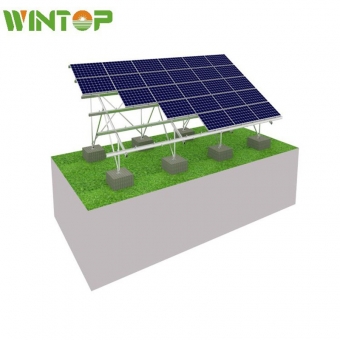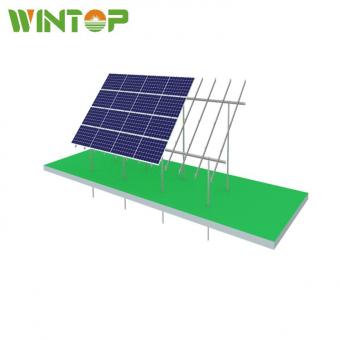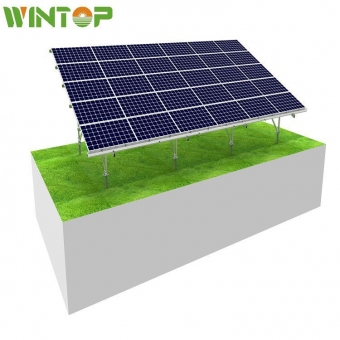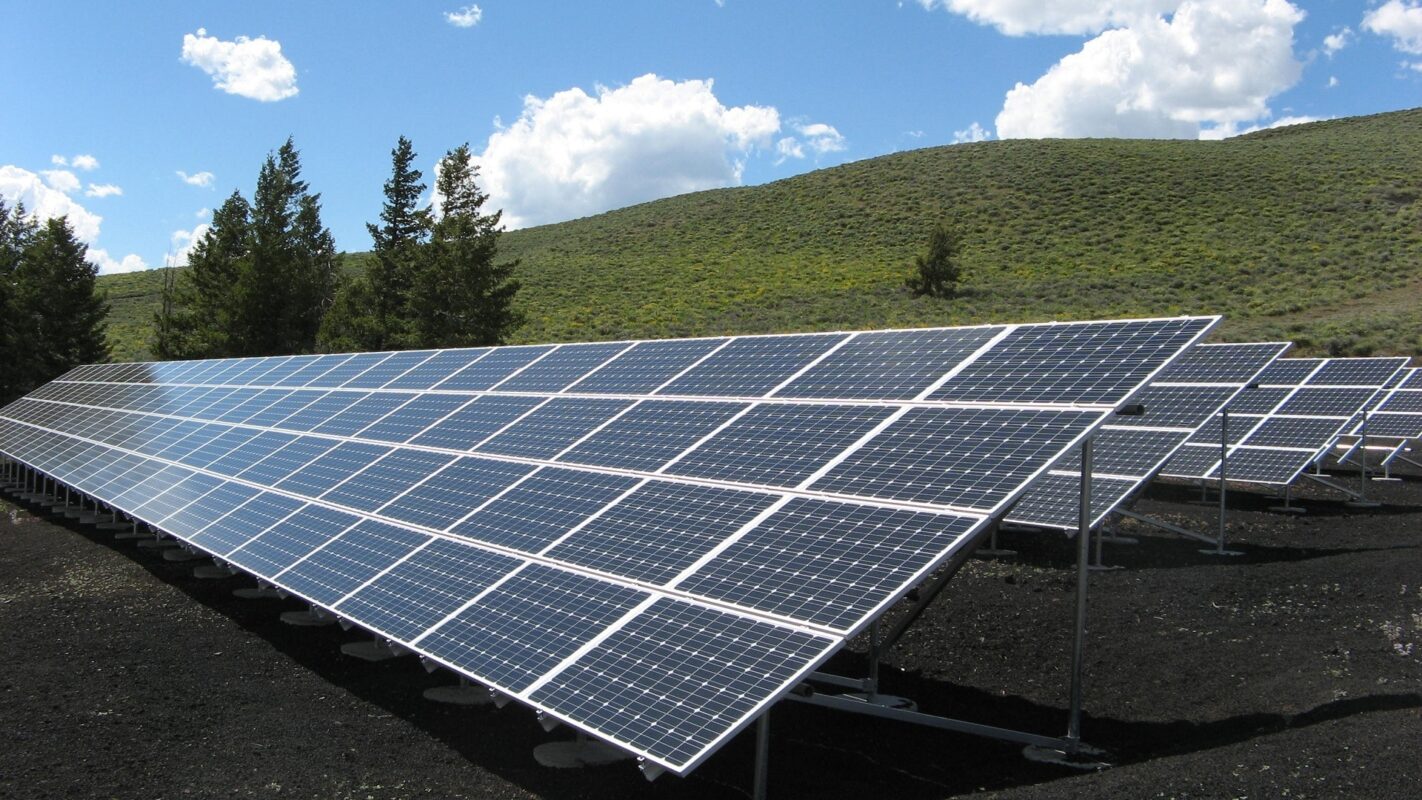ground-mounted solar system, also known as a ground-mounted solar array or ground-mounted solar panel system, refers to an installation of solar panels that are mounted on the ground rather than on a rooftop or other building structure. It is a common type of solar installation used in situations where rooftop space is limited, the roof is not suitable for installation, or when a larger solar system is required.



In a ground-mounted solar system, the solar panels are typically mounted on a steel or aluminum rack structure that is anchored to the ground. The orientation and tilt angle of the panels can be adjusted to maximize their exposure to sunlight and optimize energy production. The system is connected to an inverter, which converts the direct current (DC) electricity generated by the solar panels into alternating current (AC) electricity that can be used to power homes, businesses, or fed into the grid.
Ground-mounted solar systems offer several advantages over rooftop installations. They can be sized to fit the available space and can potentially generate more electricity due to their ability to optimize panel orientation. The ground location often allows for easier maintenance and cleaning of the panels. Additionally, ground-mounted systems can be installed in areas with shading issues or where the roof is not structurally capable of supporting the weight of the panels.
However, ground-mounted solar systems require ample space, typically in the form of an open area or field. The land must be relatively level and unobstructed to ensure optimal performance. Ground-mounted systems are commonly used for large-scale commercial or utility-scale solar projects, but they can also be employed for residential applications, particularly in rural areas or properties with sufficient land available.






